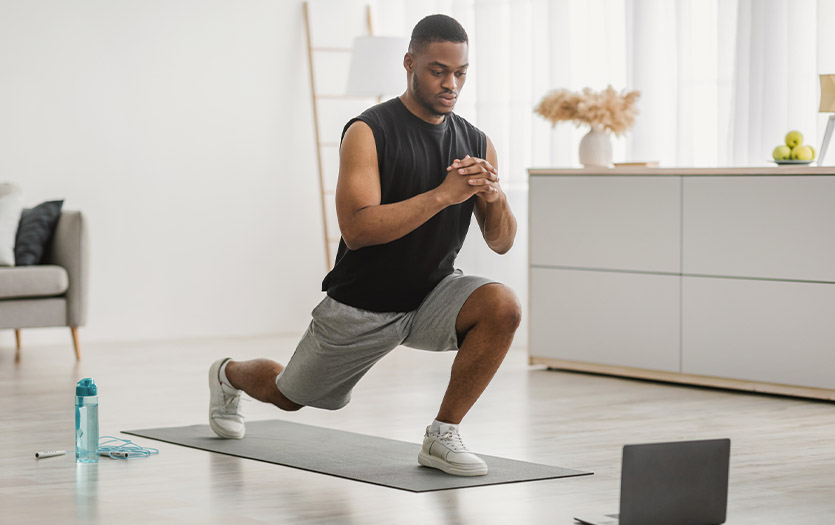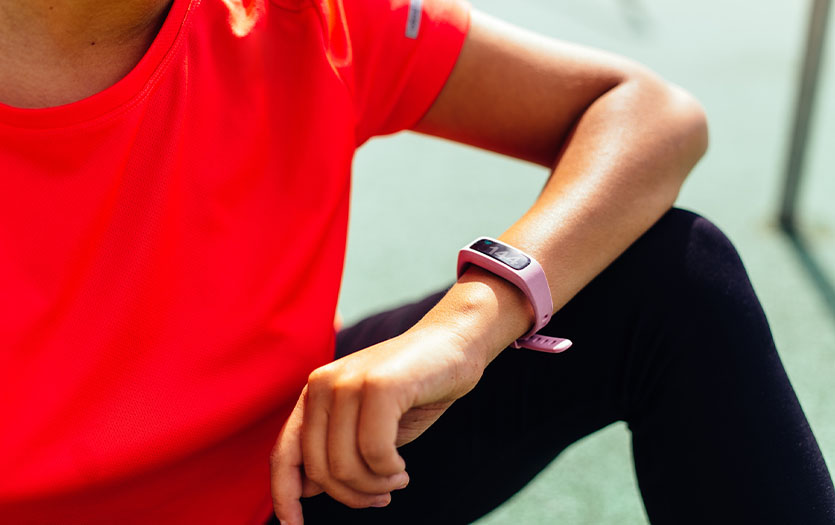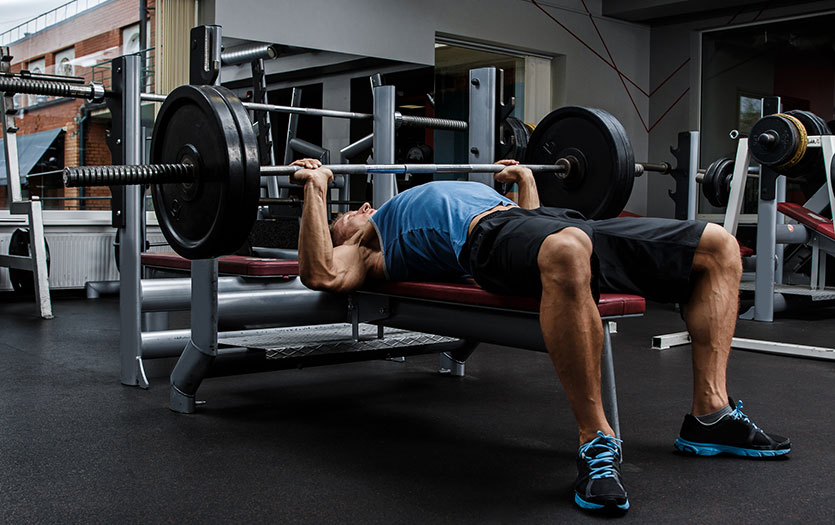
This post was written by Lindsey Derby, human performance specialist, Parkview Sports Medicine.
If your goal is to increase your endurance, you’ve likely heard of high intensity interval training (HIIT) and Tabata. There are quite a few similarities between the two, as well as some subtle differences worth noting, but both can be incredibly challenging additions to your workout regimen.
Defining the methods
HIIT and Tabata training are two variations within the same principle: work for a given time period, rest for a given time period, rinse and repeat. The key differentiator is that Tabata is always HIIT, but HIIT isn’t always Tabata.
When you’re creating or following a HIIT workout, the duration of effort, rest periods and rounds can be set to anything increment you want. Tabata, on the other hand, is very specific.
Taking on Tabata
The timing for a Tabata workout is consistently as follows:
- 20 seconds of work with one given movement
- 10 seconds of rest
- 8 times through
- For a total of 4 minutes
Four minutes of a movement with rest interspersed doesn’t seem too difficult, until you try it out. The rest periods are just enough for you to mentally reset without allowing your heart rate or breathing rate to return to normal, thus keeping the intensity relatively high.
A great way to implement Tabata, and something you can do at home or in a gym setting, is to pick four or five movements and run them through back-to-back with the Tabata timing. For example, let’s say you chose sit ups, body weight squats, jumping jacks, push-ups and jumping lunges as your five movements. Start with 20 seconds of sit ups, 10 seconds rest for the full 8 rounds; once those rounds are complete, move on to the body weight squats. Continue with this pattern until you’ve gotten through all the movements and, Wham! Bam! you just completed a 20-minute workout at a pretty high intensity.
Try your hand at HIIT
HIIT uses the same principles as Tabata but with more variety and flexibility. You still want to choose movements of high intensity in order to get the desired effects, but the work/rest ratios and rounds repeated are up to you. With both HIIT and Tabata, you want to try and maintain the same intensity throughout the intervals, so keeping track of your reps can help you keep a goal as you progress through the workouts.
Is HIIT or Tabata better?
When used consistently, both of these training methodologies improve maximal oxygen uptake (VO2 max). Studies have shown that you need to train at or above 70% of that VO2 max for the most benefit. While not everyone has access to the testing needed to determine their personal VO2 max, and you may not be ready to buy the expensive tech wearables just yet, using a Rate of Perceived Exertion (RPE) is a decent substitute for knowing what percentage of your VO2 max you’re working at. RPE uses a scale of 1-10 to rate how difficult the workout felt. So, if you want to work at about 70% or greater of your VO2 max, you are striving for a workout effort you would rate as a 7 or greater.
A great aspect of this type of workout is that you will get out of it what you put into it. When done correctly, HIIT and Tabata workouts should easily rate at a 7 or greater on the RPE. If you get through a HIIT or Tabata workout and you don’t rate it as such, either you need to choose harder movements or go faster while performing those movements. Either way, your health and fitness are within your control.



